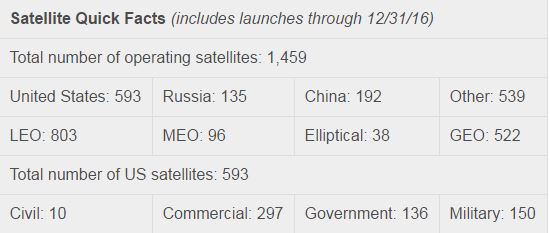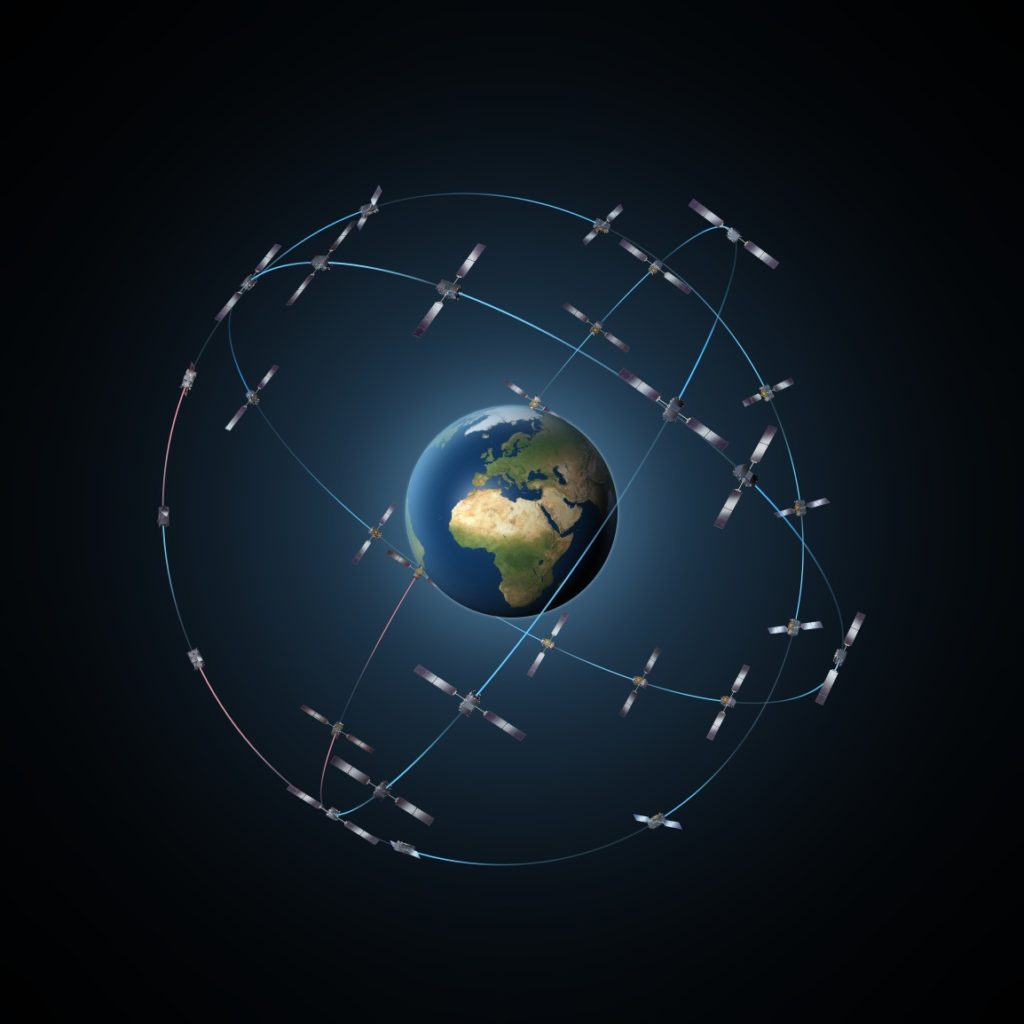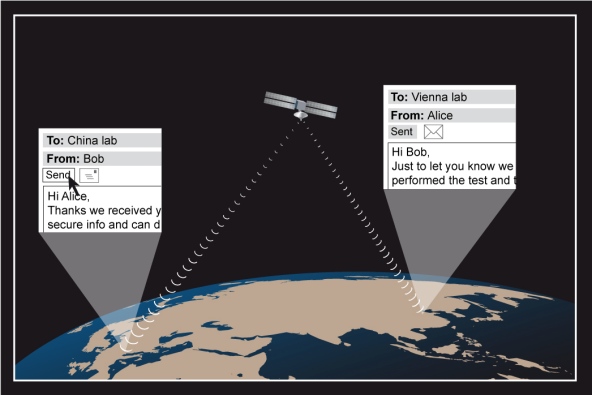A fresh version of the UCS Satellite Database has been posted. It includes launches through the end of 2016. Apologies for the delay this time; we will be back on schedule and have a new one shortly.

Here are some of the more interesting satellites new to the database:
Rendezvous and proximity operations
GSSAP 3 and 4, the new pair of Geosynchronous Space Situational Awareness satellites (Fig. 1). The four GSSAP satellites, operated by the US Air Force, are built to surveil other GEO satellites using rendezvous and proximity operations (RPOs). Satellites that perform rendezvous and proximity operations get a lot of attention, as this technology can be used for surveillance and inspection, repair and refueling, but also for interfering with another satellite as an anti-satellite weapon. While the US appears to be significantly ahead in sophistication, Russia and China continue development of these capabilities.

Fig. 1 (Source: Air Force)
Position, navigation, and timing
The European Union augmented its Galileo position, navigation, and timing constellation with four new satellites, to bring the total on-orbit to 18, enough to move from a test system to one providing initial services (Fig. 2). This was the first time that the Galileo satellites were launched by a European rocket, the Ariane V, rather than a Soyuz. Full operational capability for the constellation is planned by 2020. The Galileo system is meant to provide a civilian and European alternative to the US Global Positioning System and Russian Glonass systems.

Fig. 2 (Source: European Space Agency)
Cutting-edge science and “unhackable” satellite communications
And China launched the Quantum Science Satellite, an experiment to test out quantum entanglement over long distances to better understand basic physics and to potentially develop quantum key distribution-based secure satellite communications (Fig. 3). If initial experiments are successful, the goal is to demonstrate this over long distances, between collaborating (and competing) labs in China and Austria.

Fig. 3 (Reprinted by permission from Macmillan Publishers Ltd: Nature, Vol. 492, Issue 7427. Copyright 2012.)
